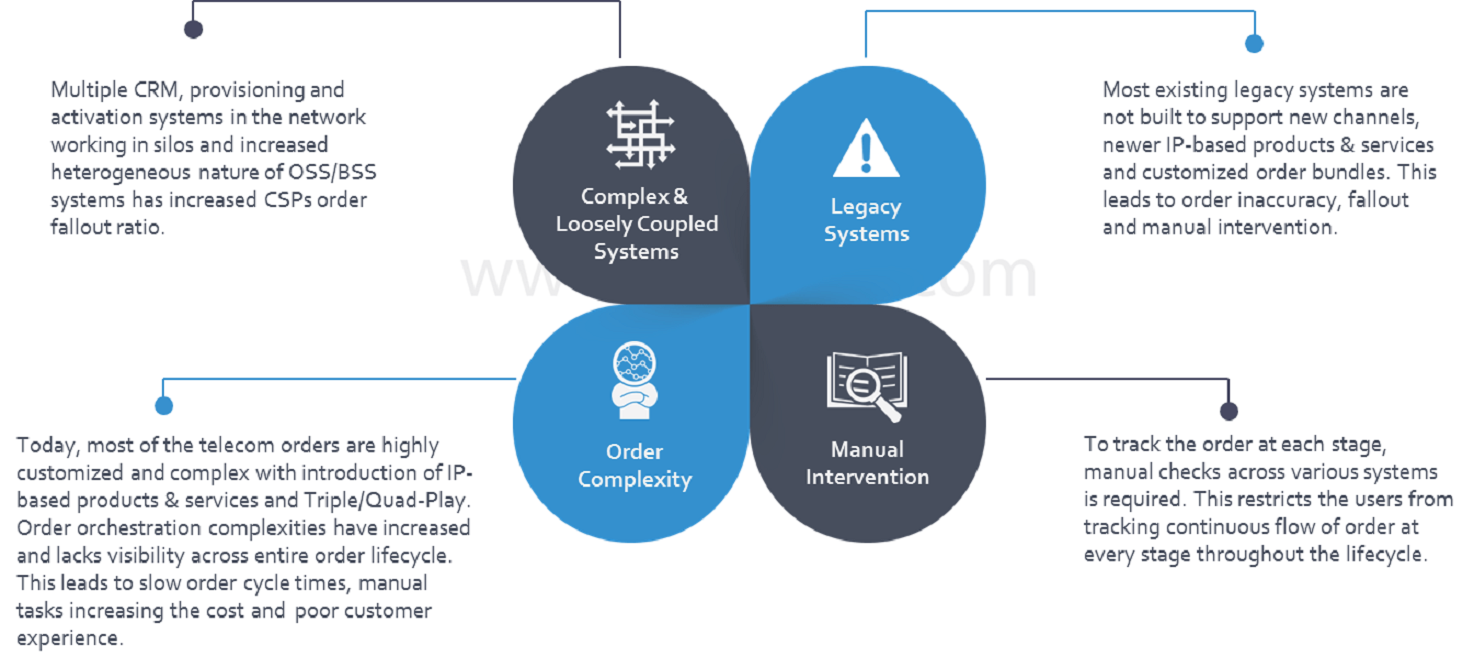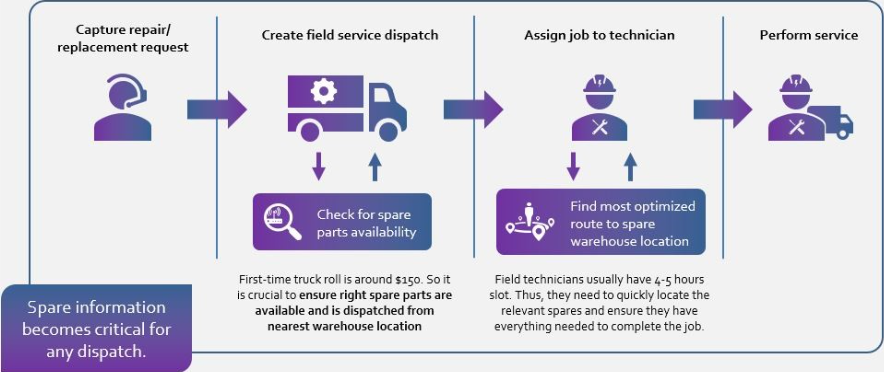Speed is a critical business imperative for all service providers in the Connectedness industry. The pace at which service providers can bring new products and services to market determines their ability to differentiate from competitors and retain market share. Applications are at the centre of this race, and as service providers look to accelerate innovation, they need to build out a more agile application infrastructure—and that includes a robust and comprehensive Test Data Management (TDM) strategy. Once viewed as a back-office function, TDM is now a critical business enabler for service providers’ agility, security, and cost-efficiency.
The lack of a TDM system impacts data security, test data creation, and provisioning. Service providers face the risk of exposing personal and commercially sensitive information such as financial, operational, and strategic initiatives in the test environment. Going manual with test data creation is also not feasible as it is highly time-consuming due to the huge production data volume.
With the increased use of automated DevOps toolsets and privacy laws that require secure data across global teams of employees and contractors, service providers must expand the charter of traditional TDM to meet the needs of today’s development and testing teams. This insight explores the top challenges service providers face in a standard TDM implementation and highlights the key enablers to consider when implementing new technology solutions as part of a TDM strategy.
Once viewed as a back-office function, TDM is now a critical business enabler for service providers’ agility, security, and cost-efficiency.
















